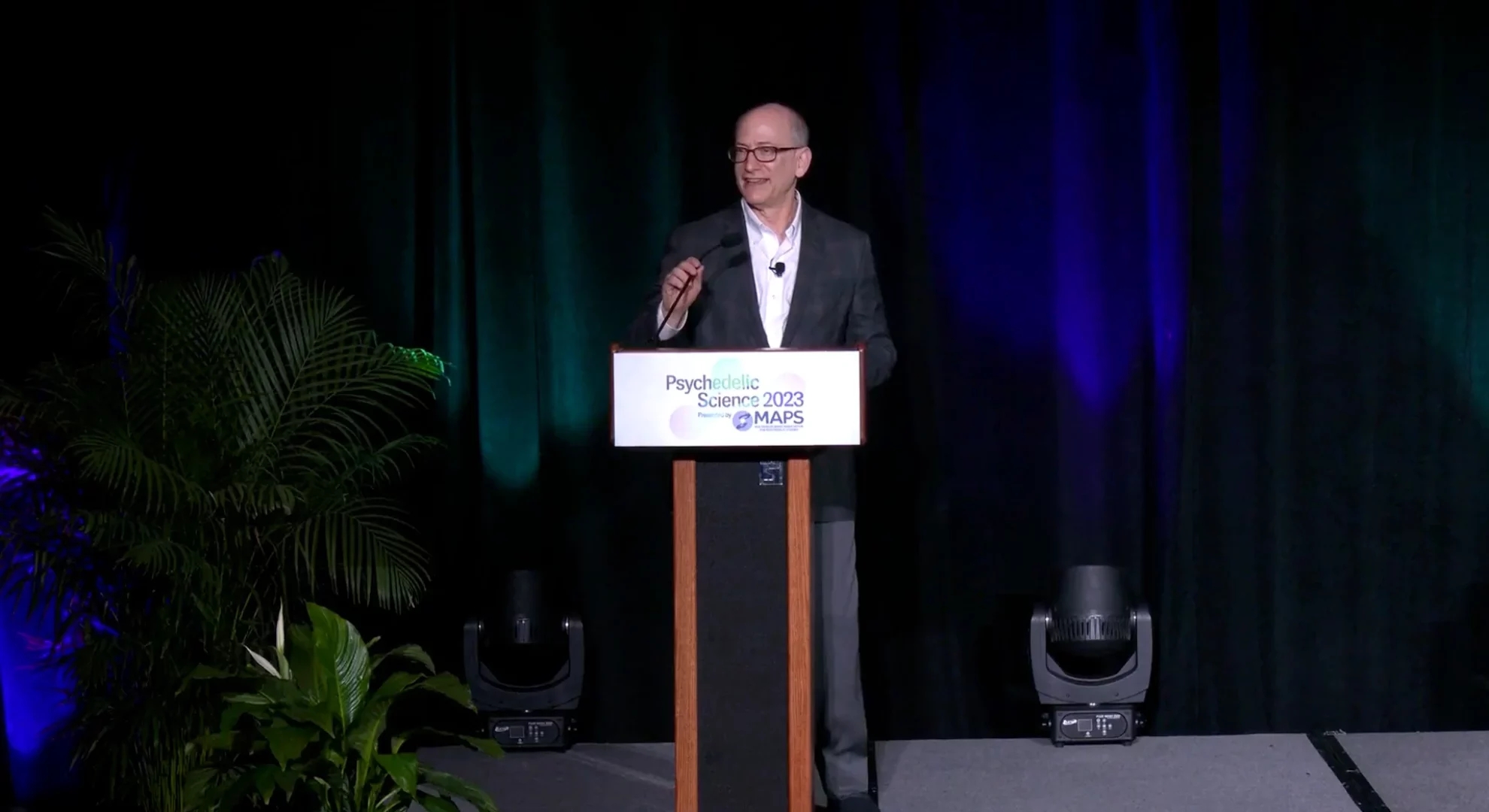
Toward “next generation” ketamine treatment: from new insights into the neurobiology of depression to strategies to optimize ketamine efficacy
Over 25 years ago, we observed rapid antidepressant effects of ketamine in depressed patients. This study emerged from a conceptual “crisis” as studies conducted by my colleagues questioned the simple-minded view that depression could be explained by deficits in monoamine signaling. We recognized that a broader view of biology of depression was needed, one that encompassed the intrinsic signaling mechanisms of brain regions within the cortex and limbic system that were implicated in the regulation of mood, i.e., glutamate and GABA signaling. Over the ensuing years, we identified two core aspects of glutamate signaling associated with depression, reduced glutamate synaptic efficacy and reduced synaptic density. The studies supporting these inferences were stimulated by the groundbreaking work of Ronald Duman and George Aghajanian, who identified in animals the ability of ketamine to stimulate the restoration of synaptic efficacy and synaptic density in stressed animals. Subsequent studies in patients by our group and others have provided support for a model of ketamine effects in which ketamine stimulates glutamate release associated with the restoration of synaptic efficacy, and MTORC1 activation associated with the restoration of synaptic density. Subsequent studies with psychedelic drugs yielded convergent effects with ketamine (glutamate release, MTORC1 activation, synaptic regrowth). A next generation of studies from our group continued to probe the application of ketamine as a treatment and the biology of its efficacy. This work yielded the striking finding that the efficacy of ketamine could be enhanced or extended by combining it with psychotherapy (CBT) or co-administering ketamine with low doses of an MTORC1 inhibitor. New insights suggest potential mechanisms underlying the convergent effects. Building on the robustness of the MTORC1 inhibitor-ketamine synergy observed in a clinical pilot study, a new company (Freedom Biosciences) was created to develop this approach into a new treatment that could substantially extend the duration of ketamine efficacy and thereby reduce the risks, costs, burdens, and impediments to ketamine treatment.
Share: Toward “next generation” ketamine treatment: from new insights into the neurobiology of depression to strategies to optimize ketamine efficacy
Facebook
Twitter
LinkedIn
Email




